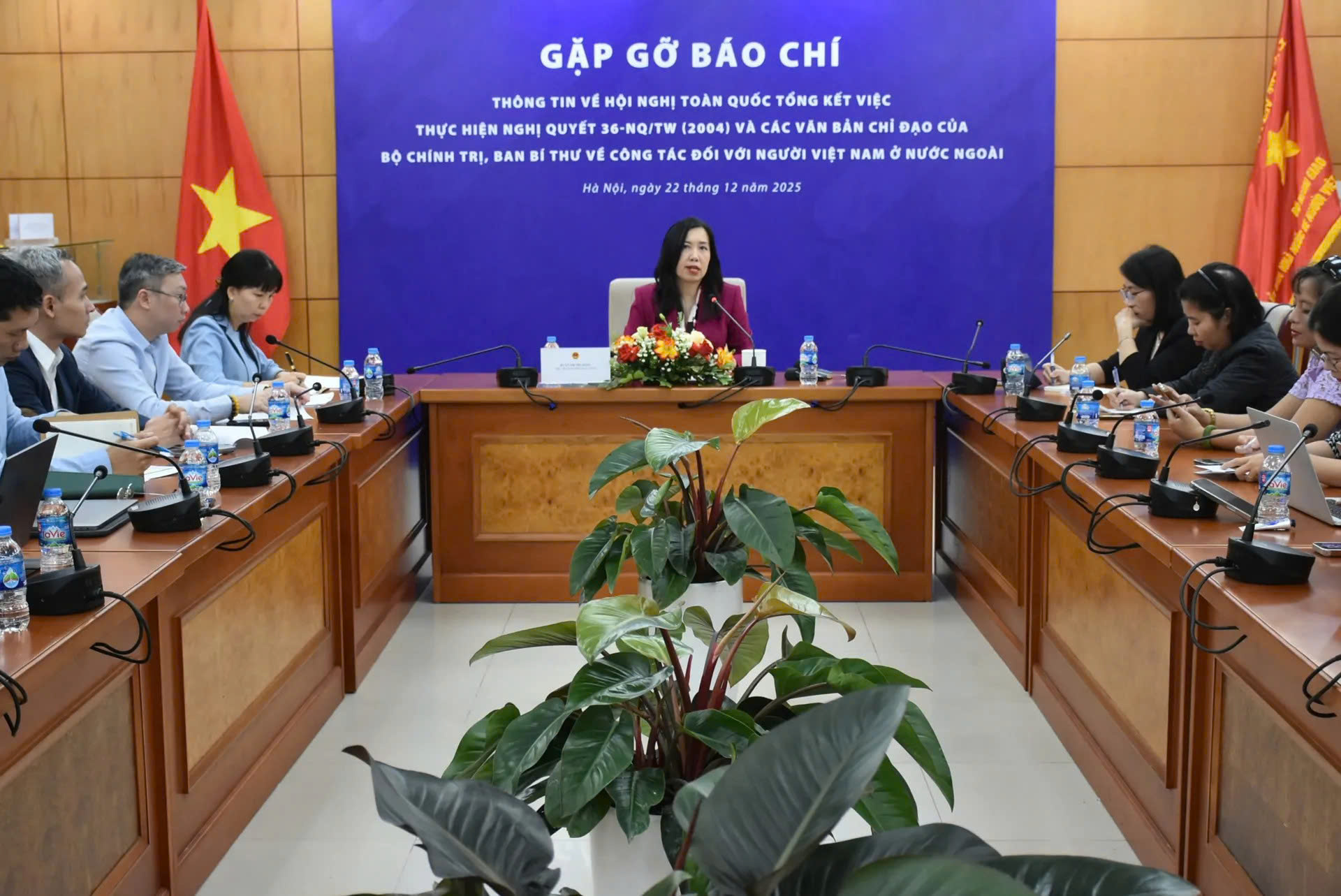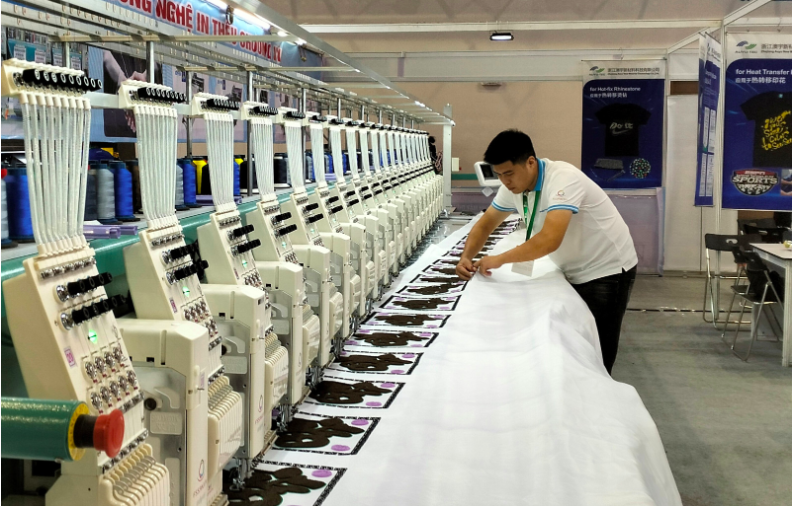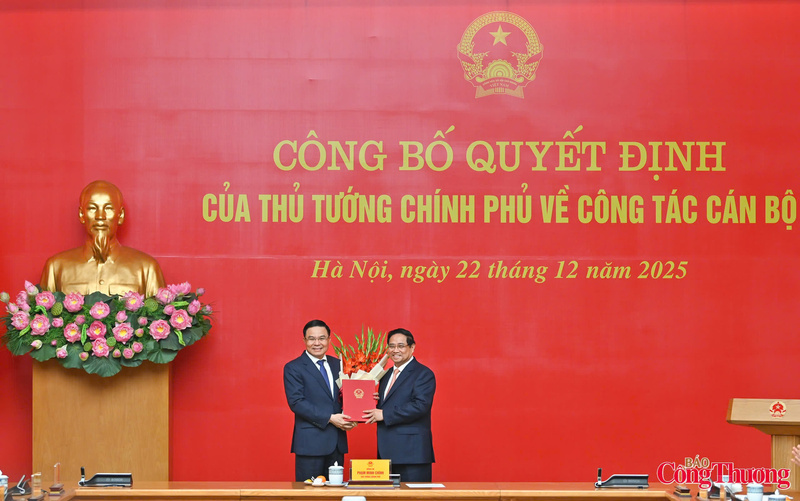
Vietnam to review over 20 years of Resolution 36 on overseas Vietnamese
19:05 | 23/03/2025 16:32 | 23/12/2025News and Events
EVFTA’s noteworthy impact
France remains a key trading partner for Vietnam within the EU, with textiles and garments ranking as the third-largest export category to this market in the first half of 2025. According to the Vietnam Industry and Trade Information Centre, Vietnam’s textile exports to France reached USD 51.4 million in June 2025, up 11.8% month-on-month. For the first six months of 2025, exports totaled USD 232.5 million, a 12.87% increase year-on-year, accounting for 12.11% of Vietnam’s total textile export share.

The EVFTA has significantly boosted Vietnam’s textile and garment exports to the EU, particularly to France.
In reality, France and the EU as a whole are considered traditional markets with significant potential for increasing the market share of Vietnamese textiles and garments. Industry experts highlight that the EU-Vietnam Free Trade Agreement (EVFTA) has significantly driven this positive trend.
Vu Anh Son, Commercial Counselor at Vietnam’s Trade Office in France, noted that prior to EVFTA, textiles and footwear faced high import duties in the EU. The gradual elimination of these tariffs under the agreement’s roadmap has immediately created a significant price-based competitive advantage for Vietnamese products.
Vietnam’s robust textile industry, a global manufacturing hub, has capitalized on these opportunities. With extensive experience and the capacity to handle large-scale orders, Vietnamese enterprises have strengthened their foothold in the French market, leveraging both EVFTA’s trade benefits and their internal capabilities.
Despite EVFTA’s advantages, the industry faces significant hurdles in fully capitalizing on preferential tariffs due to strict rules of origin. To qualify for zero tariffs, garments must use fabrics sourced from Vietnam or the EU. However, Vietnam’s textile sector heavily relies on imported fabrics from non-EVFTA countries, limiting the ability to meet these requirements.
Truong Van Cam, Vice Chairman of the Vietnam Textile and Apparel Association (VITAS), emphasized that the lack of domestic raw materials remains the industry’s biggest bottleneck. A comparative survey of six countries: Bangladesh, Cambodia, Laos, Nepal, China, and Vietnam; revealed that Vietnam lags behind China in value-added product development and raw material access, though it outperforms others in most metrics.
Additionally, the EU’s growing emphasis on circular economy principles and sustainable fashion poses further challenges. New regulations demand products with longer lifespans, recyclability, and recycled fiber content, requiring significant technological and financial investments from Vietnamese firms.
Strategic solutions for sustainable growth
To address the raw material shortage, VITAS advocates for long-term strategies, including the development of large-scale textile industrial parks to attract investment in fabric production and dyeing. Truong Van Cam highlighted that such initiatives could provide a fundamental solution, while diversifying raw material sources serves as a temporary measure to mitigate supply chain volatility.
Attracting investment in domestic raw material production remains complex, as Vietnam still depends on imported cotton, fibers, and dyeing chemicals. Experts suggest that alongside favorable policies and incentives, ensuring investment efficiency is critical to drawing global suppliers to Vietnam. In the interim, enterprises seek more reliable information on foreign raw material markets. Truong Van Cam noted that trade offices could play a pivotal role in providing accurate, tailored data to help firms assess supply stability and product diversity.
VITAS has also proposed the establishment of an Innovation and Research & Development Center dedicated to raw material transactions to diversify supply sources and support the industry’s sustainability goals. By addressing these challenges, Vietnam’s textile sector aims to maximize EVFTA’s potential, further expanding its market share in France and the EU while contributing to the nation’s economic integration and growth.

19:05 | 23/03/2025 16:32 | 23/12/2025News and Events

19:05 | 23/03/2025 16:30 | 23/12/2025Trade

19:05 | 23/03/2025 23:26 | 22/12/2025Industry

19:05 | 23/03/2025 23:19 | 22/12/2025News and Events

19:05 | 23/03/2025 14:41 | 22/12/2025News and Events